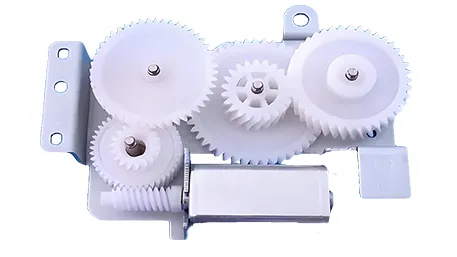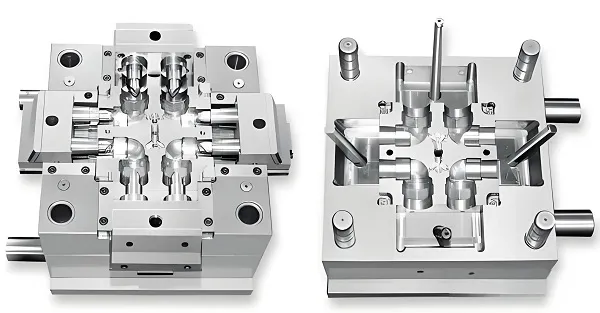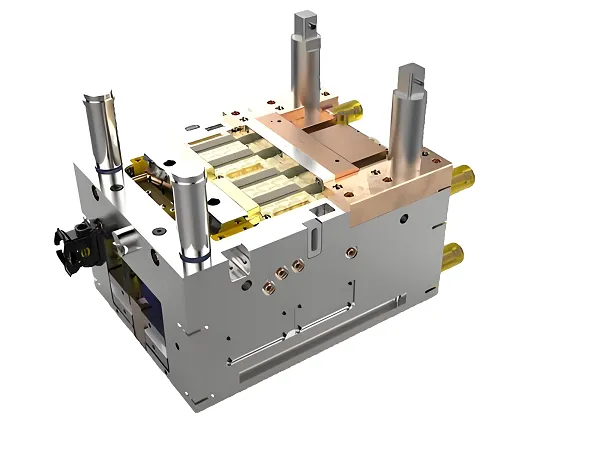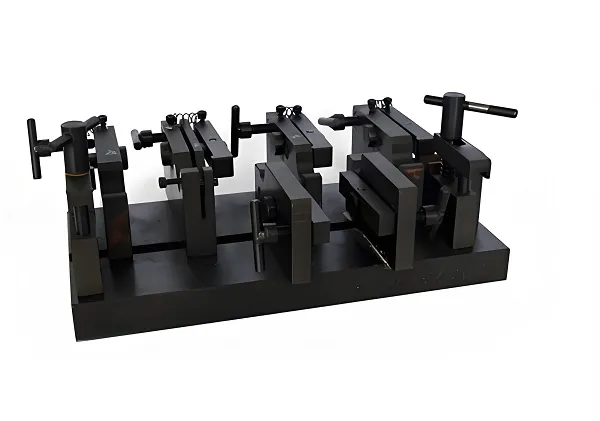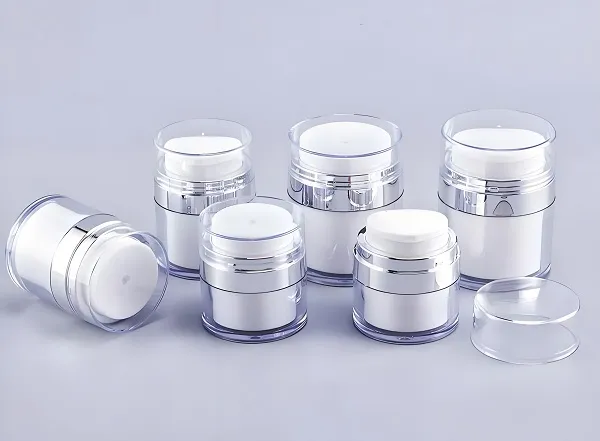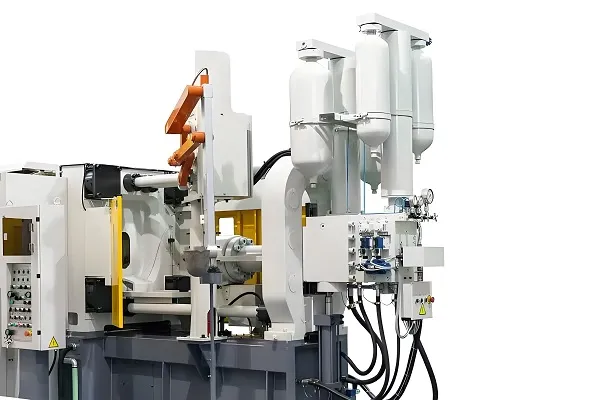With the rapid development of modern industrial technology, machining components as an indispensable basic unit of mechanical equipment, its manufacturing accuracy and efficiency directly affects the performance and reliability of the entire mechanical system.CNC (Computer Numerical Control) technology, as one of the core technologies in the field of modern machining, plays a vital role in the manufacturing of machining components with its advantages of high precision, high efficiency and high flexibility. flexibility, it plays a vital role in the manufacturing of machining components. In this paper, we will analyze the principle, advantage, application and detailed data of CNC technology in the machining components.
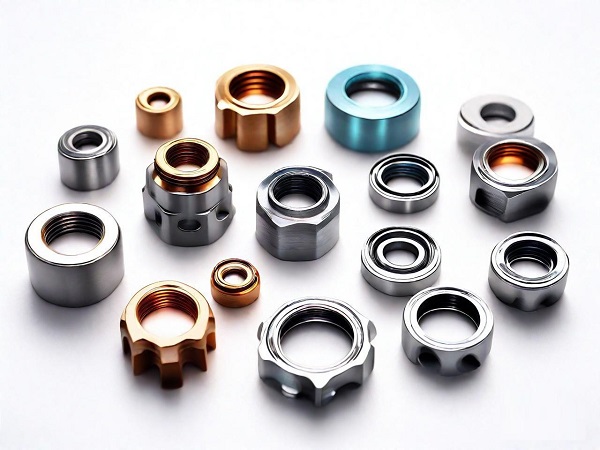
1. Principle of CNC technology
CNC technology is a technology that utilizes computer-controlled machine tools for parts processing. Its working principle is to CAD (computer-aided design) software drawn parts drawings into the CNC machine tool control system, through the control system for digital quantitative processing, and then by the computer control of the machine tool’s trajectory, to achieve accurate machining process.CNC machine tool control system consists of two parts, hardware and software, hardware, including numerical control systems, motors, sensors, tools, etc.; software is Including operating systems, programming software, machining programs and so on. This close cooperation of hardware and software ensures the automatic control and precise movement of the machine tool.
2. Advantages of CNC technology in machining components
High precision: CNC machine tools are capable of achieving micron-level machining precision, far exceeding traditional manual or semi-automated machining methods, ensuring the dimensional and shape precision of machined components.
High efficiency: CNC machine tools are able to work continuously for 24 hours without interruption, and the machining speed is fast, which greatly improves the production efficiency. At the same time, automated machining reduces human error and further improves machining quality.
High flexibility: CNC machine tools can be programmed and machined according to different part drawings with strong adaptability. By replacing different tools and setting different machining parameters, a variety of machining requirements can be realized to meet the manufacturing requirements of complex machining components.
Low labor cost: CNC machining realizes automated production, which reduces labor input and lowers labor cost. At the same time, it also improves the working environment of workers and reduces labor intensity.
3. Machining component characteristics
As the basic constituent unit of mechanical equipment, the quality of machining components directly determines the performance of the whole machine. The following detailed data of machining components are analyzed from several key aspects:
Dimensional accuracy: CNC machining can ensure that the dimensional accuracy of machined components meets the design requirements, such as diameter, length, width and other key dimensions of the tolerance range can be controlled at the micron level. This high precision ensures the assembly precision between components and the operational stability of the whole machine.
Surface roughness: CNC machining can significantly reduce the surface roughness of machined components by optimizing cutting parameters and selecting appropriate tools. Reduced surface roughness not only improves the appearance of the component, but also enhances its abrasion, corrosion and sealing resistance.
Material Utilization: CNC machining with precise programming control minimizes material waste. By optimizing machining paths and cutting strategies, it ensures that material is fully utilized, reducing production costs.
Machining Efficiency: The high-speed machining capabilities and continuous operation of CNC machines allow for a significant increase in productivity of machined components. At the same time, automated machining reduces auxiliary time such as tool change and tool setting, further improving production efficiency.
4.CNC technology in machining components application
4.1 High-precision machining
The precision of machining components is one of the important indicators of its quality, CNC technology through accurate programming and control systems, can achieve micron-level machining accuracy, far beyond the traditional processing methods. In the manufacturing process of machining components, whether it is the processing of holes, the milling of planes or the processing of complex surfaces, CNC machine tools can be accurately controlled according to the preset program to ensure that the machined components have high dimensional accuracy, high shape accuracy and high positional accuracy. This high-precision machining capability makes CNC technology widely used in aerospace, precision instruments, medical equipment and other fields.
4.2 Complex surface machining
With the increasing complexity of product design, more and more machined components have complex surface structures. Traditional machining methods are difficult to handle the processing task of such components, and CNC technology through multi-axis linkage machining technology, realizing the efficient processing of complex surfaces. Multi-axis machining allows the machine tool to control the movement of multiple axes at the same time during the machining process, thus realizing the precise machining of complex surfaces. This type of machining not only improves the processing efficiency, but also ensures the processing quality, making the surface of the machined component smoother and more accurate.
4.3 Automated production
Another important advantage of CNC technology is automated production. Through the preset machining program, the CNC machine can automatically complete the machining task without human intervention. This automated production not only reduces labor costs, but also improves production efficiency. During the manufacturing process of machined components, CNC machines can work continuously for 24 hours without interruption, which greatly reduces the production cycle. At the same time, automated production also reduces human operating errors and improves the consistency of machining quality.
4.4 Flexible Manufacturing System
With the diversification of market demand, the types and specifications of machining components are becoming more and more abundant.CNC technology can be combined with the flexible manufacturing system to realize the demand for multi-species and small-lot production. The flexible manufacturing system can quickly adjust the machine configuration and machining program according to different machining needs, and realize rapid production change. This flexible production method makes the production of machining components more adaptable to changes in market demand.
4.5 Intelligent processing
With the development of artificial intelligence and machine learning technology, CNC technology is moving in the direction of intelligence. Intelligent processing realizes real-time monitoring and intelligent control of the machining process by integrating sensors, machine vision and other advanced technologies. In the manufacturing process of machining components, intelligent machining can automatically adjust the machining parameters and tool selection according to the machining status, optimize the machining process, and improve the machining efficiency and quality. At the same time, intelligent machining can also realize remote monitoring and fault diagnosis to improve the reliability and maintenance of machine tools.
5.Application Examples
There are numerous examples of CNC technology applications in machining components. For example, in the aerospace field, CNC machining technology is used to manufacture aircraft engine blades, turbine discs and other high-precision, high-strength components; in the field of automotive manufacturing, CNC machining technology is used to produce engine blocks, crankshafts and other key components; in the field of die and mold manufacturing, CNC machining technology to achieve precision machining of complex mold structures and rapid manufacturing. These application examples fully demonstrate the powerful ability and wide application prospects of CNC technology in the manufacturing of machining components.
Machining Component FAQ
1. How is the accuracy of machined components ensured?
The accuracy of machined components is mainly determined by the precision of machine tools, tooling precision, fixture precision and machining process parameters, CNC (Computer Numerical Control) machine tools are able to achieve micron-level machining accuracy through high-precision control systems and servo drive systems. At the same time, the selection of high-quality cutting tools and precision-designed fixtures is also an important measure to ensure machining accuracy. In addition, reasonable machining process parameters, such as cutting speed, feed, depth of cut, etc., also has a significant impact on machining accuracy.
2. How is complex surface machining realized in machining?
Complex surface machining usually relies on multi-axis CNC machines. Multi-axis linkage means that the machine is able to control the motion of multiple axes simultaneously during the machining process, thus realizing the precise machining of complex surfaces. Common types of multi-axis machines include 5-axis and 6-axis machines. Through CAD / CAM software programming, the three-dimensional model of complex surfaces into the machine tool recognizable machining program, the machine tool can be in accordance with the predetermined trajectory for processing, to achieve high-precision and high-efficiency machining of complex surfaces.
3. How does heat treatment in machining affect component performance?
Heat treatment is an indispensable part of machining, which changes the internal organization and properties of materials by heating, holding and cooling components. Common heat treatment methods include annealing, normalizing, quenching and tempering. Different heat treatment methods will have different effects on the component’s hardness, toughness, wear resistance, corrosion resistance and other properties. For example, quenching can significantly improve the hardness and wear resistance of the material, but it will also make the material brittle; tempering can reduce the brittleness after quenching and improve the toughness and comprehensive mechanical properties of the material.

